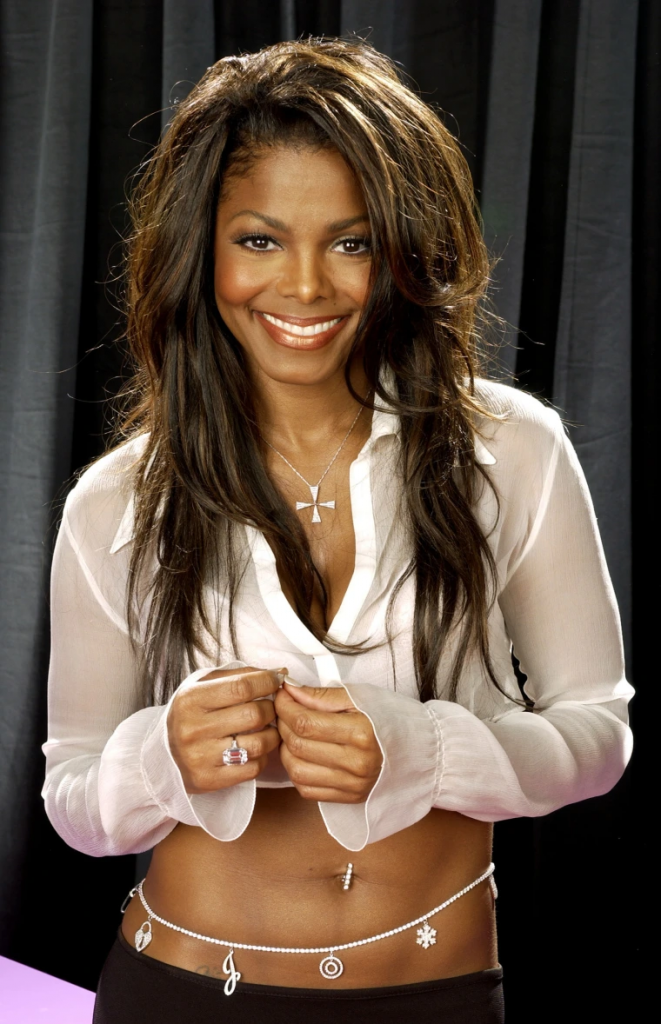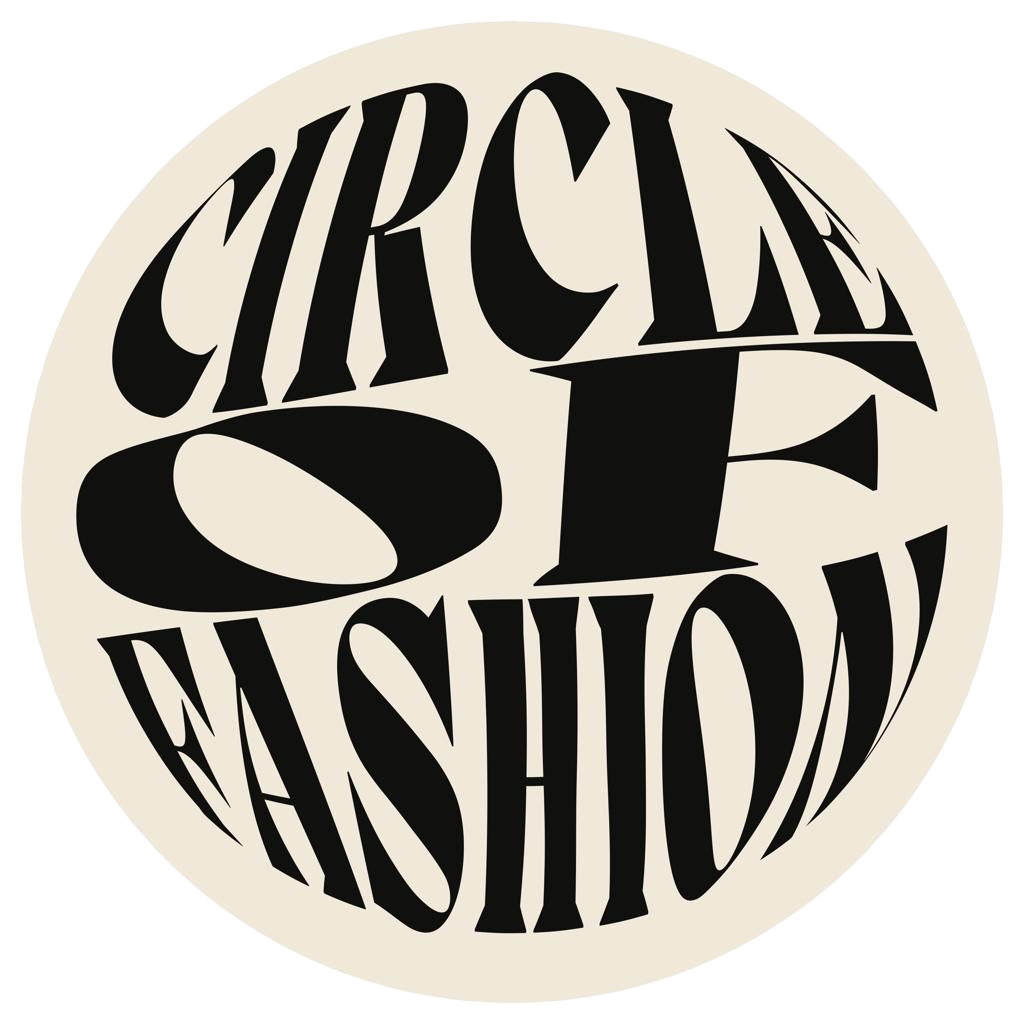Edited by Leah Gilbert

Tattoos and piercings have become a tenet of self-expression and fashion. On any given day, walking down any street, one expects to see people with something pierced or at least one tattoo. Even among celebrities, it is the norm to see ears laden with jewelry, and arms covered in ink. Today, people are often celebrated for their tattoos, constantly answering the question of “what they mean.”
However, it was not always like this – there was a time, not so long ago, when the overwhelming majority of people saw these forms of personal accessorization and expression as “trashy,” or something confined to only the fringes of society; these were not things that “respectable” people would take part in.
So, where did this extremely conservative view come from, and when did we collectively reject it?
Let’s start from the beginning. Tattoos and body piercing/decoration are not a new concept, as many of us know; they date back to very early civilizations. Of course, at their outset, they were a very literal part of culture, rather than a personal choice of expression. Over many centuries, such forms of body decoration have taken on many purposes – a sign of social status, association, and, in some cases, as punishment for prisoners. In fact, in the 1960s, tattoos were illegal in New York City and Massachusetts, however, tattoos have really come to the forefront in the last 60 years or so. It was particularly in the 1970s that tattoos became more socially acceptable, with major celebrities such as Janis Joplin, Cher, and Peter Fonda showing off their ink, although many people still maintained extremely conservative opinions on the matter. Even before the 1970s, tattooing was predominantly used for “cosmetic enhancement” or, as we know it today,“permanent makeup” for the wealthier classes in the 1920s.

By the 1980s and 90s, tattoos and piercings had really gained traction among youth in skate and alternative rock cultures. People began rejecting the notion that tattoos or piercings were “unprofessional,” and were instead inspired by revered celebrities within the alternative rock scene such as Anthony Kiedis of the Red Hot Chili Peppers. Even in the mainstream pop scene, the belly button piercing was the hottest piercing to have, thanks to pop icons like Britney Spears and Janet Jackson, and well-known actresses like Alicia Silverstone.
The conservative voice definitely remains today, but it has largely been drowned out by general public opinion. Websites like Support Tattoos and Piercings at Work continue to argue that body decoration should not be a deciding factor in employment, because it has nothing to do with someone’s work abilities. According to them, 38% of Canadian respondents today have tattoos. Furthermore, I would argue that, in the last 10 years or so, tattoos and piercings alike have become an integral part of personal style – celebrities like Rihanna have shown us that tattoos and lots of ear piercings do not make a person less feminine, by any means, just more cool! Gen Zs, in particular, have really popularized tattoos and piercings with the rise of Y2K bringing back bellybutton and eyebrow piercings, and, of course, the birth of the patchwork sleeve trend. A belief that has strengthened since the eruption of patchwork sleeves is that tattoos have to “mean” something – to that, I would say that if you really love something at one point in your life, then you will always have happy memories associated with it, and this “means” enough.

In my opinion, the growing acceptance of body decorations is a wonderful thing. Just like clothing or hair, tattoos and piercings are a very important detail to be considered when crafting one’s personal style. With so many styles of tattoos (single needle, American Traditional, Trash Polka, etc.), and so many artists who can advise you on piercings and tattoos alike, everyone can find something that speaks to them.
